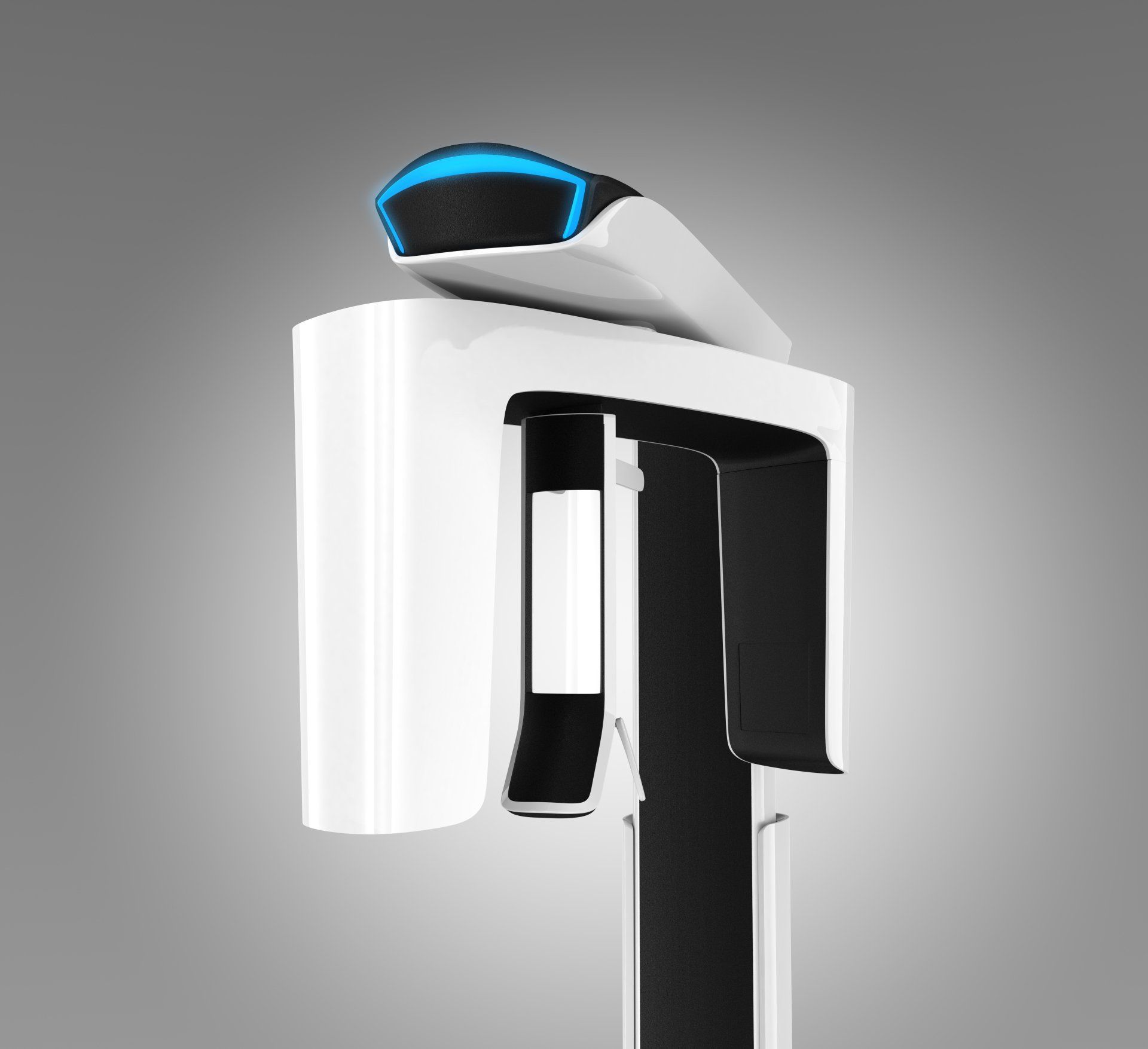In the old days, a CT scan used to take almost an hour, sitting inside a small claustrophobic tube, with high whirring sounds all around you, and that was just plain uncomfortable. Now CT scans take no more than 2 minutes (although you may have to repeat the scan if you move, and the images are far more clear, giving exceptionally clear diagnostic data.
Also in the old days, any metallic object used to interfere with the scan (I don’t mean metallic objects as rings, earrings and dentures, but plates, screws and pacemakers) and it could very well obscure important diagnostic data, but no more. The newer scanners are adapted to view through the metallic objects, and accuracy is no longer an issue.
But the most important advancement in the CT technology is dental CT, also known as Cone Beam CT (CBCT for short). While CTs are very useful and accurate, they are just downright impractical. The equipment is huge not suitable in a dental clinic, outrageously expensive for both the doctor and the patient, in addition to emitting quite a large amount of radiation. CBCT took care of all that, having smaller sized equipment not much larger than normal dental x-rays, quite lower cost, and decreasing the amount of radiation to almost the quarter of conventional CTs.
Not only that, but CBCT gives incredible information on the filmed site. It can tell us the size and amount of bone available, the quality and strength of the bone, the exact location of vital structures such as the nerve of the lower jaw and the sinus in the upper jaw, and the exact size and shape of a lesion such as cysts and tumors.
CBCTs are used for dental implants placements, diagnosing cysts and tumors, exploring the shapes and anatomy of teeth for advanced surgeries such as apicectomies, and even for orthodontic treatment to know the bone condition beforehand.
Another technology that has been around for quite some time, but again extremely altered by advancements.
Intraoral cameras are shaped like pens, so that they can be easily held and could reach even the deepest areas of the mouth. They are used for photographing teeth before, during or after the procedure, for both diagnostic and educational purposes for the patients. Intraoral cameras nowadays are incredibly sharp, very light in weight, and there are even newer models that could film videos and create 3D images of the mouth.
However, the area where intraoral cameras stand out in the modern era is the technological marvel that is intraoral scanners. Intraoral scanners are essentially the same as intraoral cameras, except they are not used for photography, but for scanning prepared teeth as replacements for the gooey impression and mold materials. No longer do
dentist Coppell need to take multiple impressions and send them to the laboratory to make a crown, bridge or veneer, as the intraoral scanner picks up all the details of the tooth, and send it directly to the computer. This computer is linked to a milling machine that carves out the restoration from a block of porcelain. This revolutionary technology is known as CAD\CAM technology, and is nowadays the single most advanced technique available.
Visit a cosmetic dentist specialist like
Dr. Emeka Abazie at
Smiles By Design Dental if you want the greatest sort of dental care. Call right now at
(469) 451-5020 to
arrange an appointment or consultation if you live in Coppell, Texas.






